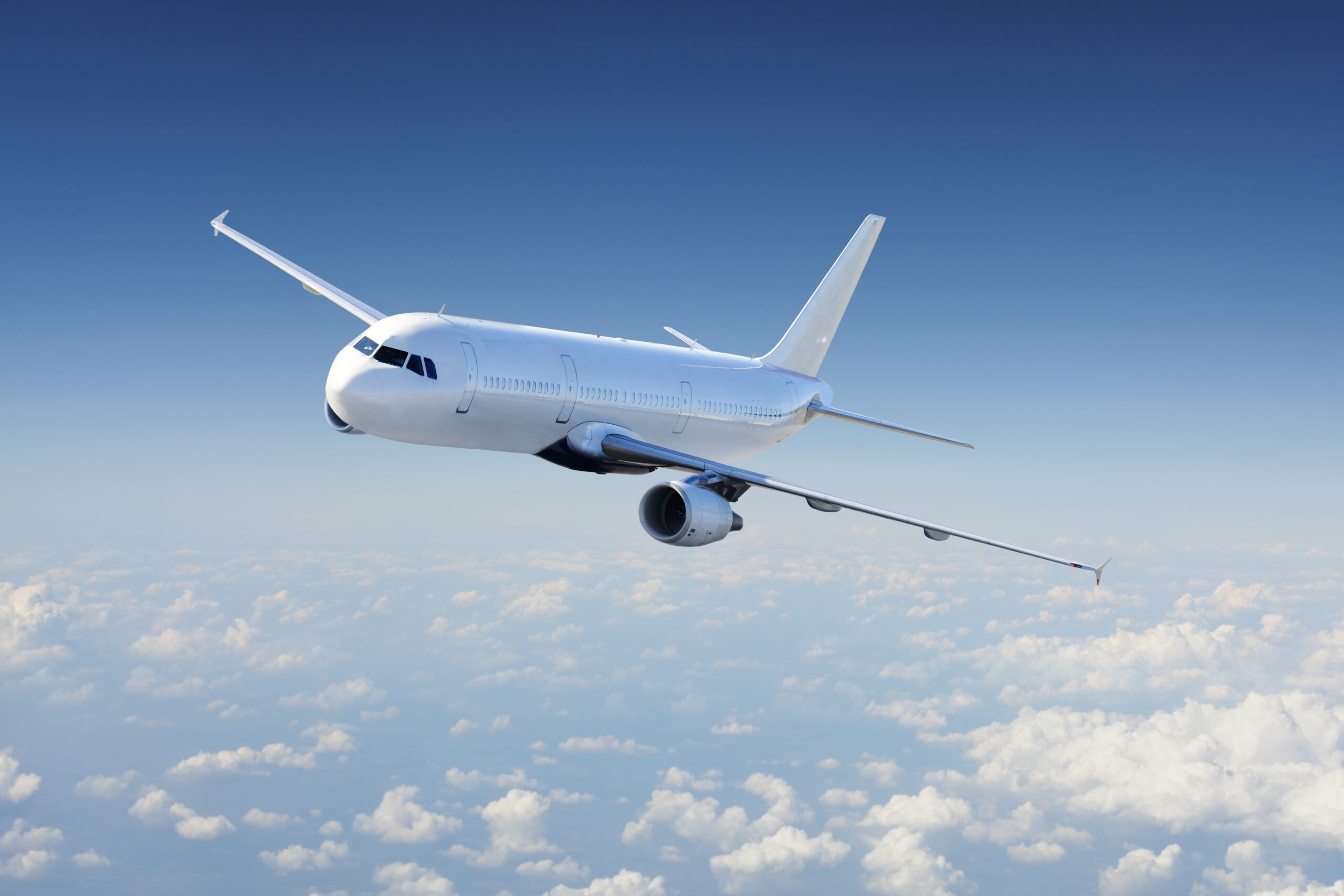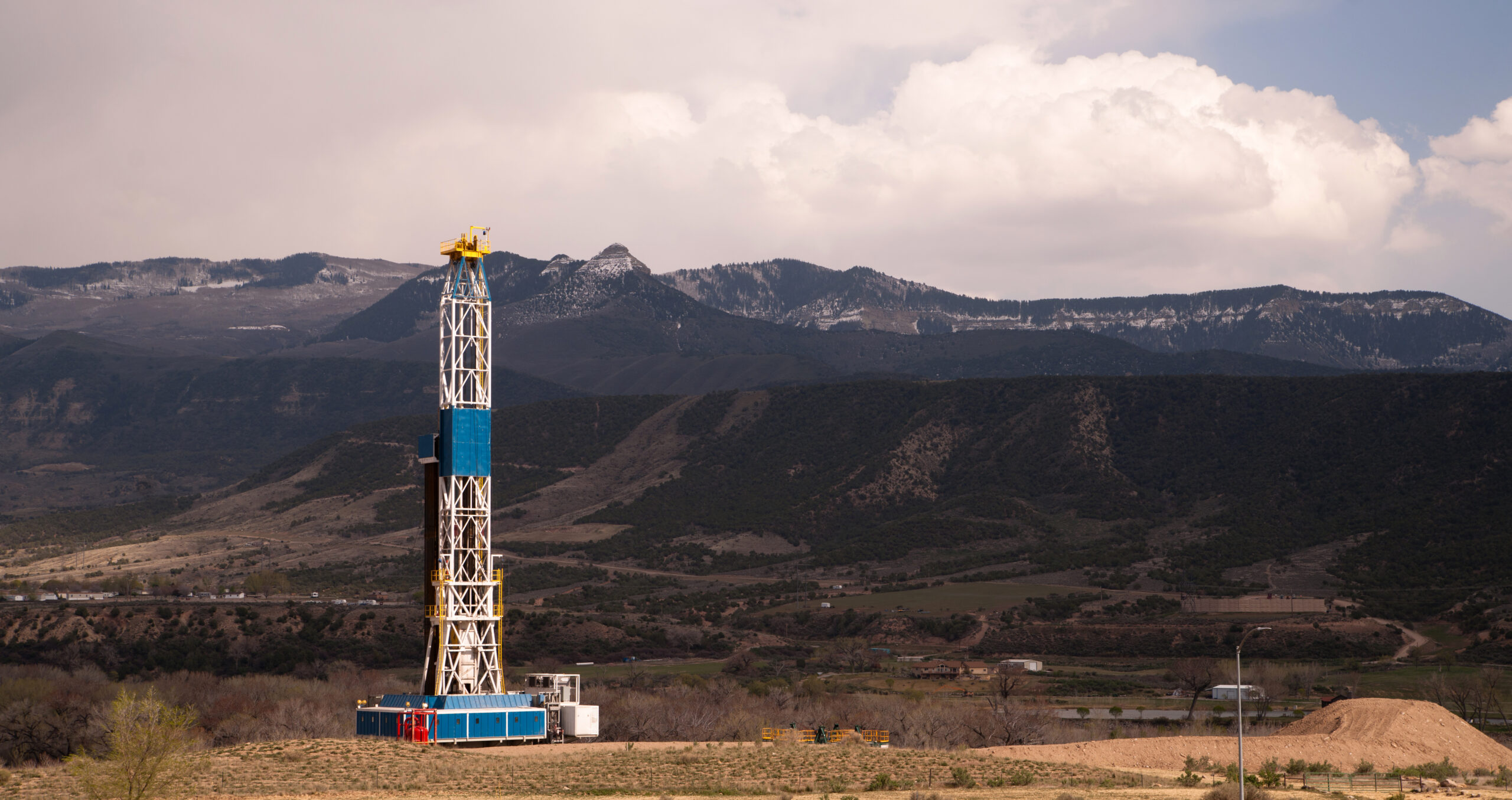Sustainable aviation fuels targets take off in EU
The EU has agreed binding targets for sustainable aviation fuels but concerns are mounting about fuel availability and rising prices for flight tickets.

The EU has reached an agreement on binding targets for sustainable aviation fuels as part of its plans to decarbonise the wider economy, however concerns are mounting about fuel availability and potential negative effects for consumers such as rising prices for flight tickets.
As part of the REFuel EU Aviation proposal put forward at the end of April, aviation fuel suppliers must supply a minimum share of sustainable aviation fuels (SAFs) such as biofuels, hydrogen and synthetic aviation fuels such as e-kerosene at EU airports, starting at 2% of overall fuel supplied by 2025 then rising to 6% by 2030, 20% by 2035 and reaching 70% by 2050.
From 2030, 1.2% of fuels must be synthetic fuels, rising to 35% in 2050.
Moreover, aircraft operators departing from EU airports must also refuel only with the amount needed for the flight, to avoid emissions related to extra weight or carbon leakage caused by ‘tankering’ practices – that is, deliberately carrying excess fuel to avoid refuelling with SAFs.
Airports, on the other hand, must ensure that their fuelling infrastructure is available and fit for SAFs distribution.
The regulation affects all flights departing from EU airports, including long-haul, and entails a financial penalty for non-compliance.
Airlines are set to receive 2 billion euros in funding from the EU carbon market to support their switch to SAFs.
The blending mandate covers biofuels, recycled carbon fuels and synthetic aviation fuels (e-fuels) as well as hydrogen, in line with the Renewable Energy Directive, but excludes food and feed crops, supporting sustainability objectives, the EU Commission said.
Currently, aircrafts rely exclusively on jet fuels of fossil origin.
Aviation emissions rising
To achieve climate neutrality, the EU needs to reduce transport emissions by 90% by 2050 against 1990 levels.
Yet, aviation emissions in Europe increased on average by 5% year-on-year between 2013 and 2019.
While dropping dramatically during the pandemic, aviation emissions are still projected to grow further, the EU Commission said.
Overall, civil aviation accounts for 13.4% of total CO2 emissions from EU transport.
The support for e-kerosene “is especially important, as it is the only fuel type which can be sustainably scaled up to meet the fuel demands of the sector,” according to analysis by campaign group Transport&Environment.
Total synthetic fuels production in the EU could reach 1.8 million tonnes per year in 2030 which “goes way beyond the 1.2% of fuels proposed for 2030-2031” as 1% of all aviation fuels used today is equivalent 500,000 tonnes, Darko Levicar, director for mobility at Hydrogen Europe, told Gas Outlook.
“This is projected to grow even more in the next few years following the adoption of ReFuel EU Aviation and the certainty brought to the sector, allowing the industry to invest more into SAFs.”
European jet fuel demand is projected to recover from 2022 levels of 1.2 million barrels per day for mainland Europe to 1.7 million b/d in 2030, peaking in the late 2030s and declining to 1.4 million b/d in 2050, Alan Gelder, head of oil research at Wood Mackenzie, told Gas Outlook.
That means around 100,000 b/d of sustainable aviation fuels are required in 2030 rising to almost 900,000 b/d in 2050, of which 400 000 b/d is synthetic and around 500 000 b/d could be biofuel-based SAF, he said.
“We consider these targets very aggressive, particularly given current SAFs supply in Europe was just under 2,000 b/d,” he said, adding that SAFs supply is forecast to stand at around 440,000 b/d by 2050, the majority of which is biofuel-based.
Synthetic-based sustainable aviation fuels are projected at just around 90,000 b/d due to the fact “synthetic jet fuel, a renewable fuel of non-biological origin, is highly capital intensive and so projects will be both complex and costly,” he explained.
“We see significant gaps in SAFs supply emerging towards the end of this decade and growing wider over time.”
“A critical issue with SAFs availability is the supply of appropriate biofuel feedstock that is consistent with the EU requirements on being a ‘waste or residue’ stream” such as used cooking oil, he continued.
“This feedstock availability is already tight, and the EU is competing with the U.S. Inflation Reduction Act for liquid biofuel investments and the U.S. incentives are attractive.”
Pricing challenges
A further challenge with biofuel-based SAF “is its price, it is typically 5 times more expensive than fossil-based jet fuel.”
“The costs of synthetic jet are likely to be higher than biofuel based SAF.”
Moreover, “the requirement for a growing portion of SAFs in jet fuel will raise prices for European consumers, which could well lower demand through high prices.”
“Fuel price is generally between a quarter and a third of the price of the flight ticket for consumers,” Levicar said.
“SAFs will be more expensive in the short term and affect prices of flights to a reasonable extent,” he added.
“In the long term, however, it is expected that kerosene will become more and more expensive as fossil fuel prices rise, hence making SAFs a better cost-benefit solution in the future.”
“SAF allowances from the Emissions Trading Scheme will also help reduce the price gap and the burden on consumers in the early years of SAF development,” he added.
The proposal must now be formally adopted by the EU Parliament and Council.



